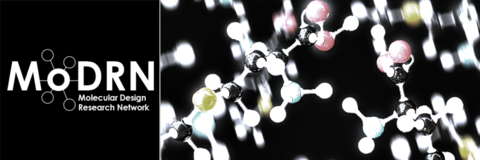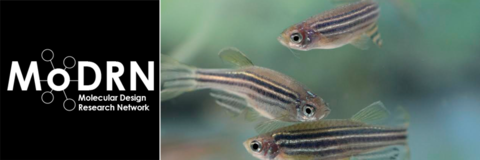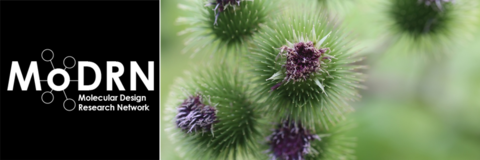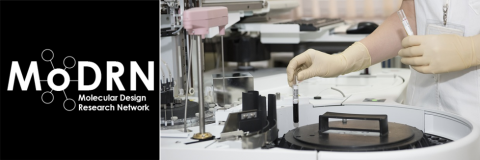Oxidative Stress
Introduction: Oxidative stress is a condition where elevated level of reactive oxygen species (ROS) exceeds the cellular counteracting antioxidant capacity and thereby causes damages to biological molecules such as lipid, proteins, DNA, and etc. Prolonged oxidative stress is linked to a number of physiological and pathological conditions, such as neurodegradation, immunodepression, and cancer.
Learning Outcomes: By the end of this module, the student will be able to:
- Define oxidative stress
- Define reactive oxygen species and recognize its role in oxidative stress
- Investigate safe molecular design decisions on its potential to produce ROS
- Determine the role the of mitochondria in oxidative stress
Background and Information: The disturbing effects of oxidative stress are mainly delivered by reactive oxygen species (ROS). ROS is a group of highly reactive, oxygen containing chemicals that are derived from molecular oxygen. Commonly encountered reactive oxygen species are summarized in the scheme below.

Chemical and radiation exposures are two main routes for the stimulated generation of ROS. From the safer molecular design perspective, chemicals with a high propensity to induce ROS production should be avoided. Since ROS generation is a redox event, redox properties of chemicals are highly relevant to their likelihood in facilitating ROS production. One possible mechanism for chemicals to induce ROS generation is through disrupting the electron transfer process in mitochondria.
During the respiratory process, electrons that are leaked from the electron transfer chain in the mitochondria can reduce molecular oxygen in order to create peroxide ion and further transforms into other types of ROS. So, a chemical with an appropriate redox property to intervene the electron transfer process in mitochondria can increase the ROS production. Alternatively, certain chemicals can be biologically transformed into reactive harmful radicals. For example, carbon tetrachloride can be activated by cytochrome P450 to produce the trichloromethlyl radical. The trichloromethlyl radical may react with cell and organelle membrane lipids and cause damage. Therefore, the redox activity of a chemical and their biotransformation products should be assessed when designing chemicals with reduced potency to cause oxidative stress.
Another way in which chemicals can cause cellular impact via oxidative stress is by depleting stores of antioxidants. Antioxidants are molecules that “negate” free radicals (aka ROS) by removing the negative oxygen charge by bonding. When antioxidant levels are low, the ROS molecules are able to cause damage to cellular membranes, organelles, and DNA. These ROS are also implicated in numerous diseases such as cardiovascular disease, cancer, hearing impairment, and chronic inflammation, among other negative roles. There is also evidence that ROS may impact cells genetically via the regulation of gene transcription, essentially turning “on” and “off” genes.
Video: Dr. Paul Anastas, Director, Center for Green Chemistry and Green Engineering & Teresa and H. John Heinz III Professor in the Practice of Chemistry for the Environment, School of Forestry & Environmental Studies, Yale University
Assignments:
1. Summarize the toxicity mechanism of carbon tetrachloride and identify another chemical that produce radicals after biotransformation.
2. Label the reduction potential for all the ROS provided in the top of this page and rationalize the viability between their transformation.
3. Find one research article that details the role of ROS in cellular degradation or human disease. Summarize the impact in 1-2 paragraphs. Include a brief summary of cellular oxidative stress in your review.
Oxidative Stress Answer Key Found HERE.
Click here to evaluate this module.
Resources:
- Gilbert, D. L. , & Colton, C. A. (2002). Reactive Oxygen Species in Biological Systems: An Interdisciplinary Approach. Springer Publisher. Retrieved from http://link.springer.com/book/10.1007%2Fb113066
- Noori, S. (2012). An overview of oxidative stress and antioxidant defense system. Open Access Scientific Reports, 1(8), 1-9. Retrieved from http://omicsonline.org/scientific-reports/2167-0390-SR-413.pdf
- Villamena, F. A. (2013). Molecular Basis of Oxidative Stress: Chemistry, Mechanisms, and Disease Pathogenesis. Wiley Publisher.
This material is based upon work supported by the NSF Division of Chemistry and the Environmental Protection Agency under Grant No. 1339637.









